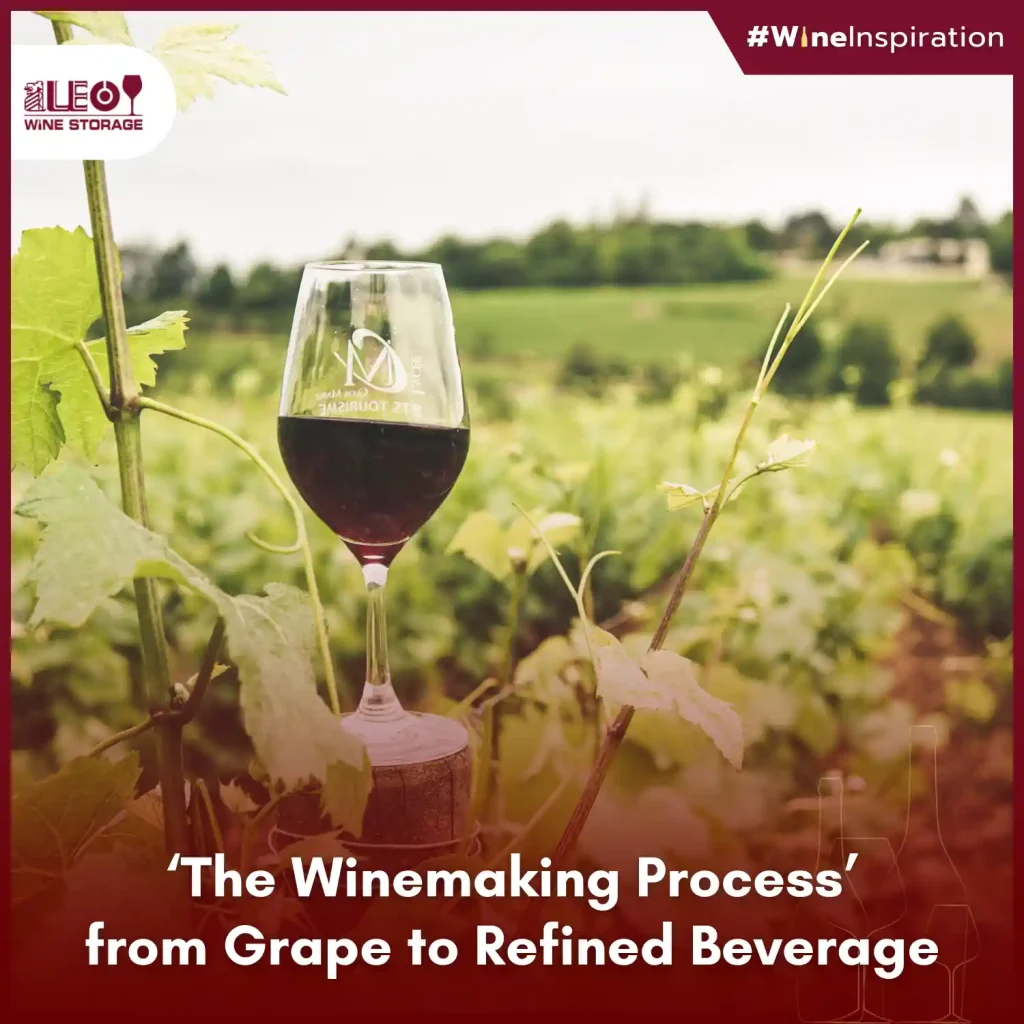Winemaking is a meticulous process that requires precision, care, and a deep understanding of each production step to achieve a wine of exceptional quality and flavor. It all begins with selecting high-quality grapes—each grape variety possesses its own unique characteristics that influence the wine’s taste and aroma. Grapes are harvested at the optimal time to ensure a balanced level of sugar and acidity, which is essential for producing a well-rounded wine during fermentation.
After harvesting, the grapes go through a process of crushing and pressing to extract the juice. For red wine, the grape skins are fermented along with the juice to impart deeper color and tannins. In contrast, white wine is made by removing the skins before fermentation, resulting in a clearer color and a smoother, lighter taste. This step plays a key role in shaping the personality of each wine type.
Fermentation is the heart of winemaking. During this stage, yeast is used to convert the sugars in the grape juice into alcohol and carbon dioxide. The fermentation time and temperature vary depending on the type of wine—white wine is usually fermented at lower temperatures and for a shorter period, while red wine ferments at higher temperatures and for a longer time to develop more complex flavors.
Once fermentation is complete, the wine is filtered and transferred for aging, either in oak barrels or stainless steel tanks. Oak barrels contribute aromatic depth and complexity to the wine, while stainless steel tanks preserve its freshness and crispness. This aging process can last from several months to several years, depending on the desired wine style.
After aging to perfection, the wine is bottled and left to rest, a stage known as bottle aging, which allows the wine to mature further and develop balance. Some wines continue to evolve beautifully over the years, enhancing their flavor and character over time.
Winemaking is not only a science requiring technical expertise but also an art that calls for experience and sensitivity to the ingredients. Each bottle of wine is a reflection of the culture and terroir of its origin, making it a truly captivating beverage that continues to be cherished around the world.

